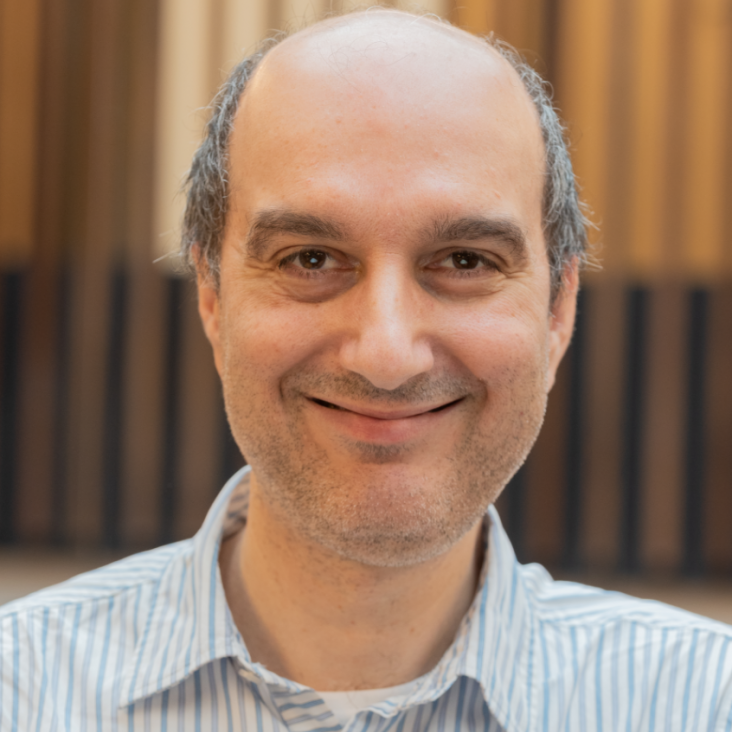New onomastic for Brix
Epigraphica 72 (2010) 451-454
X-ray polarization measurements of dense plasmas heated by fast electrons
AIP Conference Proceedings 1228 (2010) 79-85
Abstract:
The detailed knowledge of fast electron energy transport following interaction with high-intensity, ultra-short laser pulses is a key area for secondary source generation for ELI. We demonstrate polarization spectroscopy at laser intensities up to 1021 Wcm-2. This is significant as it suggests that in situ emission spectroscopy may be used as an effective probe of fast electron velocity distributions in regimes relevant to electron transport in solid targets. Ly-α doublet emission of nickel (Z = 28) and sulphur (Z = 16) is observed to measure the degree of polarization from the Ly-α1 emission. Ly-α2 emission is unpolarized, and as such acts as a calibration source between spectrometers. The measured ratio of the X-ray σ-and π-polarization allows the possibility to infer the velocity distribution function of the fast electron beam. © 2010 American Institute of Physics.Probing near-solid density plasmas using soft x-ray scattering
Journal of Physics B: Atomic, Molecular and Optical Physics 43:19 (2010)
Abstract:
X-ray scattering using highly brilliant x-ray free-electron laser (FEL) radiation provides new access to probe free-electron density, temperature and ionization in near-solid density plasmas. First experiments at the soft x-ray FEL FLASH at DESY, Hamburg, show the capabilities of this technique. The ultrashort FEL pulses in particular can probe equilibration phenomena occurring after excitation of the plasma using ultrashort optical laser pumping. We have investigated liquid hydrogen and find that the interaction of very intense soft x-ray FEL radiation alone heats the sample volume. As the plasma establishes, photons from the same pulse undergo scattering, thus probing the transient, warm dense matter state. We find a free-electron density of (2.6 ± 0.2) × 1020 cm-3 and an electron temperature of 14 ± 3.5 eV. In pump-probe experiments, using intense optical laser pulses to generate more extreme states of matter, this interaction of the probe pulse has to be considered in the interpretation of scattering data. In this paper, we present details of the experimental setup at FLASH and the diagnostic methods used to quantitatively analyse the data. © 2010 IOP Publishing Ltd.Static ion structure factor for dense plasmas: Semi-classical and ab initio calculations
High Energy Density Physics 6:3 (2010) 305-310
Abstract:
We calculate the static structure factor of dense multi-component plasmas. Large scale ab initio finite-temperature DFT molecular dynamics simulations are performed in order to cover the region where a consistent quantum treatment for the electrons is inevitable. Especially, the behavior at small wave numbers k can be inferred from the relation to the isothermal compressibility. Alternatively, the static structure factor is obtained by solving the integral equations for the pair correlation functions within the hypernetted chain (HNC) scheme. For this purpose we derive new effective two-particle quantum potentials for the interactions between the charge carriers from the full two-particle Slater sum by accounting for bound states. Comparison to the ab initio molecular dynamics simulations enables us to determine the short-range behavior of the effective electron-ion quantum potentials. Results for the static structure factor are presented for beryllium plasmas at solid density and at threefold compression. © 2009 Elsevier B.V.Applicability of the hydrodynamic description of classical fluids
(2010)


